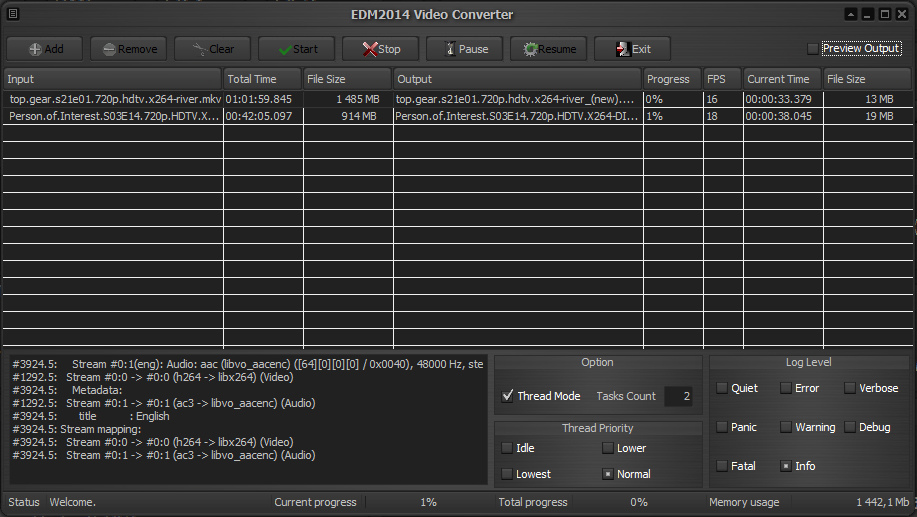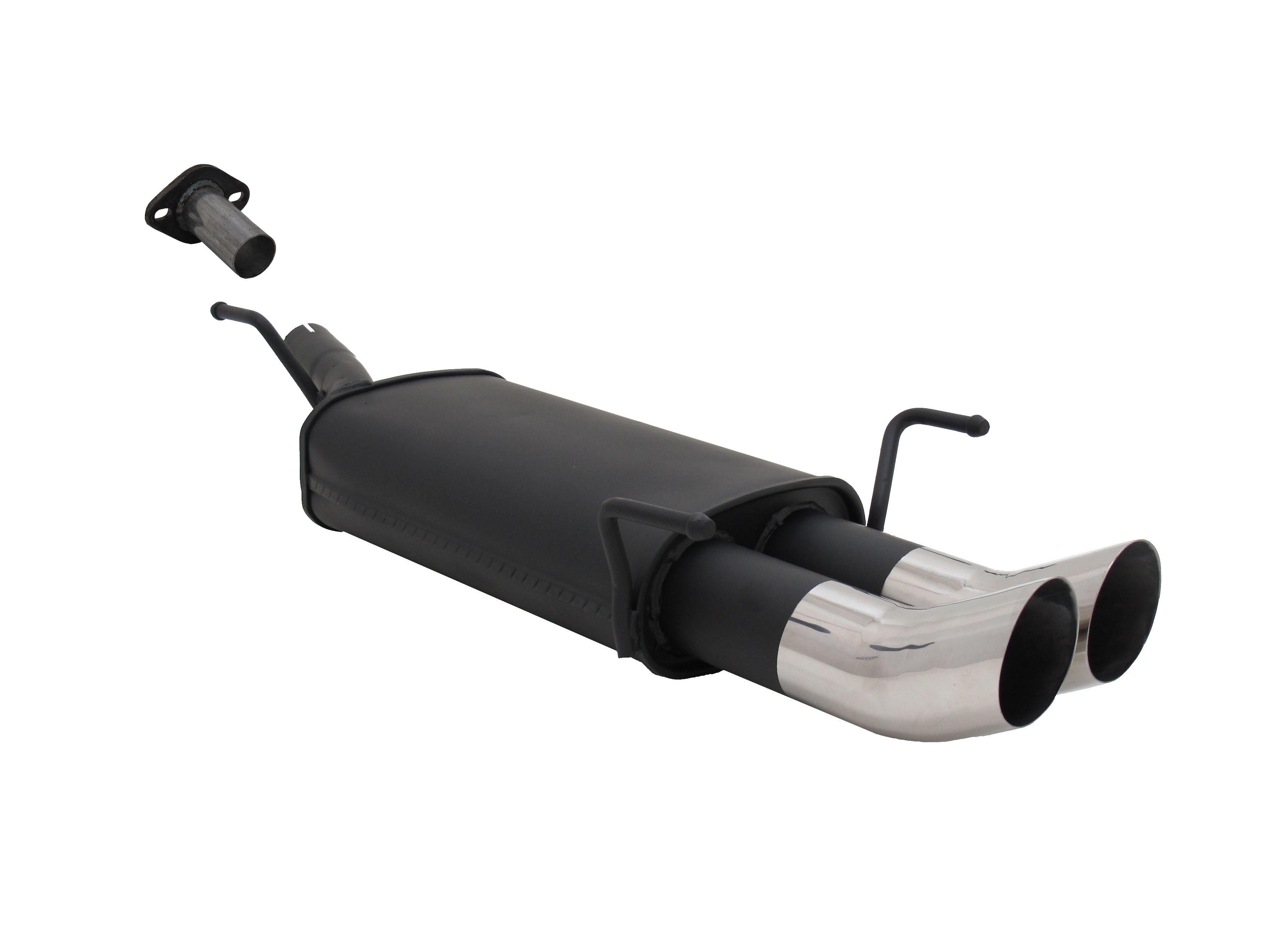

Note that the superscripts displayed are the changes that occur to each bit when borrowing. Refer to the example below for clarification.Ġ - 1 = 1, borrow 1, resulting in -1 carried over

If the following column is also 0, borrowing will have to occur from each subsequent column until a column with a value of 1 can be reduced to 0. When this occurs, the 0 in the borrowing column essentially becomes "2" (changing the 0-1 into 2-1 = 1) while reducing the 1 in the column being borrowed from by 1. In binary subtraction, the only case where borrowing is necessary is when 1 is subtracted from 0. Borrowing occurs in any instance where the number that is subtracted is larger than the number it is being subtracted from. Similar to binary addition, there is little difference between binary and decimal subtraction except those that arise from using only the digits 0 and 1. This can be observed in the third column from the right in the above example. The value at the bottom should then be 1 from the carried over 1 rather than 0. A common mistake to watch out for when conducting binary addition is in the case where 1 + 1 = 0 also has a 1 carried over from the previous column to its right. Note that the superscripted 1's represent digits that are carried over. The only real difference between binary and decimal addition is that the value 2 in the binary system is the equivalent of 10 in the decimal system. Refer to the example below for clarification. Determine all of the place values where 1 occurs, and find the sum of the values.ĮX: 10111 = (1 × 2 4) + (0 × 2 3) + (1 × 2 2) + (1 × 2 1) + (1 × 2 0) = 23īinary addition follows the same rules as addition in the decimal system except that rather than carrying a 1 over when the values added equal 10, carry over occurs when the result of addition equals 2. Using the target of 18 again as an example, below is another way to visualize this:Ĭonverting from the binary to the decimal system is simpler.

Reading from right to left, the first 0 represents 2 0, the second 2 1, the third 2 2, and the fourth 2 3 just like the decimal system, except with a base of 2 rather than 10. In the decimal number system, 8 is positioned in the first decimal place left of the decimal point, signifying the 10 0 place. While working with binary may initially seem confusing, understanding that each binary place value represents 2 n, just as each decimal place represents 10 n, should help clarify. Using a decimal system would require hardware that can detect 10 states for the digits 0 through 9, and is more complicated.īelow are some typical conversions between binary and decimal values: It is much simpler to design hardware that only needs to detect two states, on and off (or true/false, present/absent, etc.). Apart from these differences, operations such as addition, subtraction, multiplication, and division are all computed following the same rules as the decimal system.Īlmost all modern technology and computers use the binary system due to its ease of implementation in digital circuitry using logic gates. Furthermore, although the decimal system uses the digits 0 through 9, the binary system uses only 0 and 1, and each digit is referred to as a bit. While the decimal number system uses the number 10 as its base, the binary system uses 2. The binary system is a numerical system that functions virtually identically to the decimal number system that people are likely more familiar with.

Related Hex Calculator | IP Subnet Calculator


 0 kommentar(er)
0 kommentar(er)
